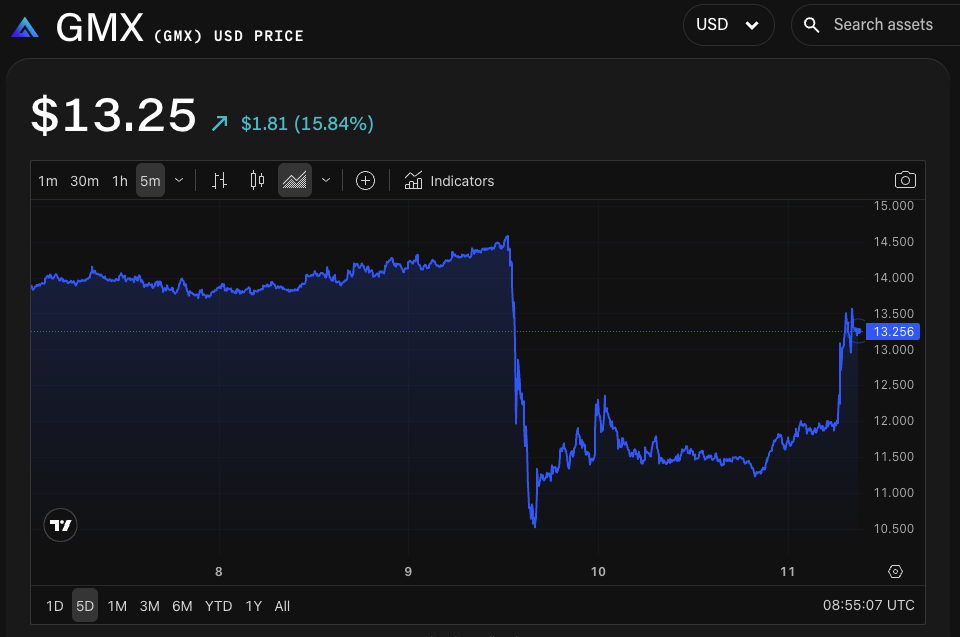GMX Hack: A $40 Million Heist and a White-Hat Resolution
Recently, the decentralized perpetual exchange GMX experienced a substantial security breach, resulting in the theft of over $40 million in various cryptocurrencies. The attack unfolded on GMX’s V1 GLP pool on Arbitrum, forcing the platform to halt trading operations. However, in a surprising turn of events, the hacker has begun returning the stolen funds after accepting GMX’s offer of a $5 million white-hat bug bounty. This incident underscores both the vulnerabilities present in decentralized finance (DeFi) platforms and the potential for amicable resolutions in the face of cybercrime.
The exploit primarily targeted GMX’s V1 GLP pool, where the perpetrator leveraged a re-entrancy vulnerability in the OrderBook contract. By manipulating the average short price of Bitcoin and inflating the GLP liquidity provider token price, the hacker was able to reap sizeable profits at the expense of user funds. In response, GMX swiftly paused trading and minting activities on both Arbitrum and Avalanche to mitigate further damages. It’s important to note that the attack did not impact GMX V2, providing some relief to users relying on the platform for trading.
Following the breach, GMX’s team took decisive action by reaching out to the hacker through an on-chain message, offering a 10% bounty and promising not to pursue legal action if the funds were returned promptly. This proactive engagement was designed not only to recover the lost assets but also to illustrate a more pragmatic approach to dealing with security breaches in the crypto space. The hacker’s eventual agreement to return the funds revealed a remarkable twist in the narrative. Executive exchanges on blockchain networks have proven effective in initiating dialogue, as seen in GMX’s case.
In a series of transactions, the hacker began returning the funds, starting with a transfer of 5.5 million FRAX, followed by an additional 5 million FRAX. These developments led to a recovery for GMX’s native token, which fell by 28% immediately following the hack. Following the hacker’s commitment to return the funds, GMX’s token price saw an encouraging rebound of approximately 14%, reflecting a renewed confidence among investors. The token was last trading around $13.25, partially recovering from its lows attributed to the hack.
A detailed examination of the exploit, as outlined by GMX, confirms that the breach resulted from a re-entrancy flaw that affected trading contracts. The project team has since announced that GLP minting and redemption on Arbitrum will henceforth be disabled as a preventive measure. Moreover, they have committed remaining funds to reimburse affected users while also providing opportunities for them to close their positions. The GMX team is dedicated to ensuring the community’s trust and has promised a discussion among DAO members on future reimbursement strategies to further address user losses.
GMX has established itself as a significant player in the DeFi landscape, allowing users to trade various cryptocurrencies such as Bitcoin, Ethereum, and Avalanche with leverage up to 100 times. Since its inception in 2021, GMX has facilitated over $306 billion in trading volume, boasting an impressive open interest exceeding $265 million among its users. This recent security incident, while damaging, serves as a reminder of the complexities and risks involved in the DeFi space. As the ecosystem evolves, it will be crucial for platforms like GMX to enhance their security measures and foster transparent communication with users to maintain their trust and integrity.
In conclusion, the unfortunate incident surrounding GMX and its swift resolution exemplifies the dichotomy present in the rapidly evolving world of decentralized finance. While vulnerabilities like the one exploited will continue to pose significant risks, the willingness of hackers to engage in dialogue and return stolen funds indicates a possible pathway toward reconciliation and accountability in the crypto ecosystem. The GMX team’s proactive approach has not only facilitated the recovery of stolen assets but has also set a precedent for future interactions between projects and malicious actors in the evolving DeFi landscape.


